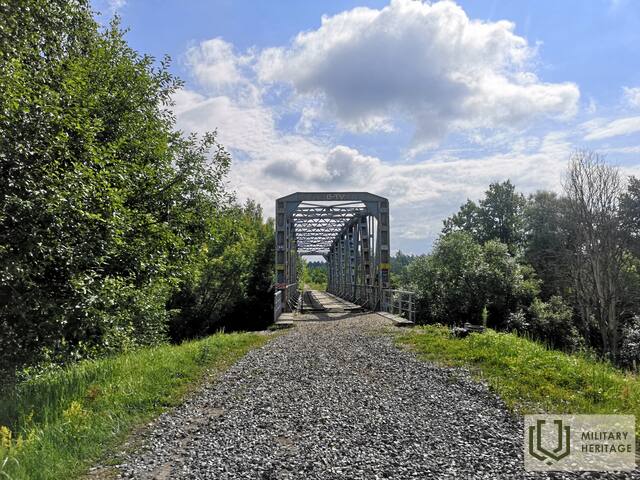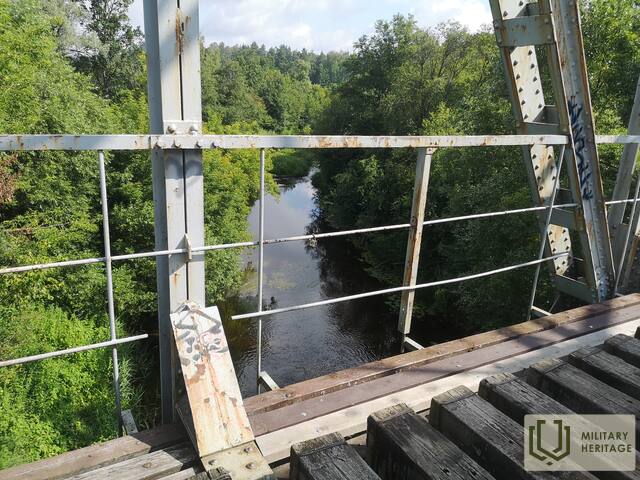River Valley Trench Fortification


The starting point of the route is located in the center of Upesleji near the bus stop.
On the morning of September 1, 1917, after a three-hour artillery barrage, the Germans began building three wooden pontoon bridges across the Daugava near Ikšķile. Approximately 560,000 shells were fired from 1,159 guns and mortars, which completely suppressed 66 Russian guns and forced the 186th Division, stationed on the right bank of the Daugava, to retreat. The commander of the Russian 12th Army, General Parskis, ordered the 43rd Corps to counterattack at the breach and placed at the disposal of the corps commander the 33rd, 136th, 138th divisions, one brigade of the 116th Division, and the 2nd Latvian Rifle Brigade.
On the afternoon of September 1, the Latvian riflemen received an order to advance to fight against the Germans crossing the Daugava. The 2nd Latvian Riflemen Brigade from Ropaži went to meet the attacking German units and the soldiers of the 5th Zemgale Latvian Riflemen Regiment reached the fortified positions along the right bank of the Mazā Jugla River at around four o'clock in the afternoon. After artillery fire, the attack on the Latvian riflemen's positions began in the middle of the day on September 2. Defensive battles unfolded on a 14 km long front along the right bank of the Mazā Jugla. The soldiers of the 2nd Latvian Riflemen Brigade with a few guns faced a numerically and technically stronger group of German troops, who also used aviation, flamethrowers and poison-filled cannon shells in the attack. The riflemen managed to heroically hold the front for 26 hours until September 3. Having accomplished their task, the surviving Latvian soldiers retreated to the Sigulda and Cēsis positions on the orders of the 12th Army command. The losses were very heavy – more than half of the fighters in the 5th Zemgale and 6th Tukums Latvian Rifle Regiments were routed, while the 7th Bauska and 8th Valmiera Latvian Rifle Regiments suffered less.
Used sources and references:
Wikipedia.















